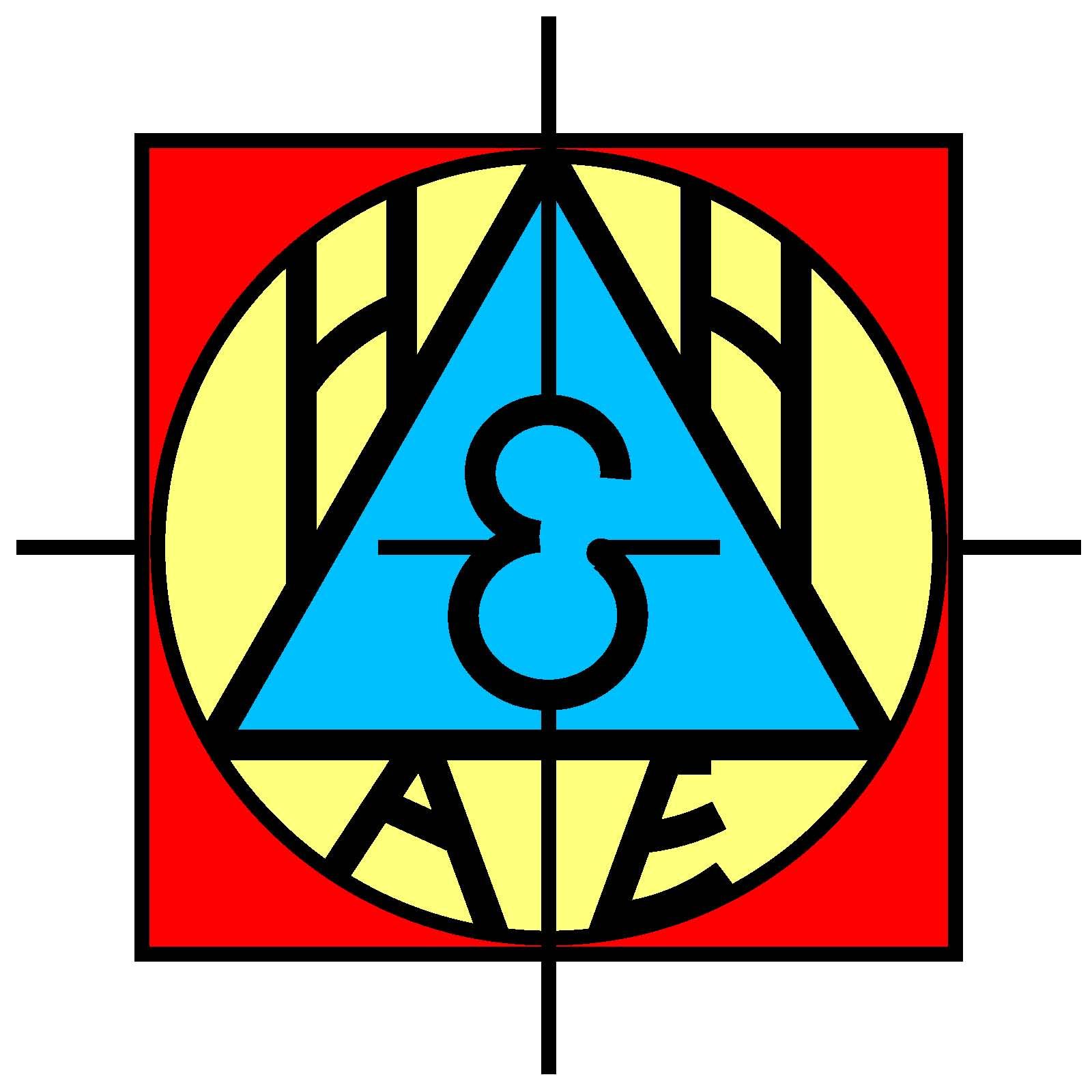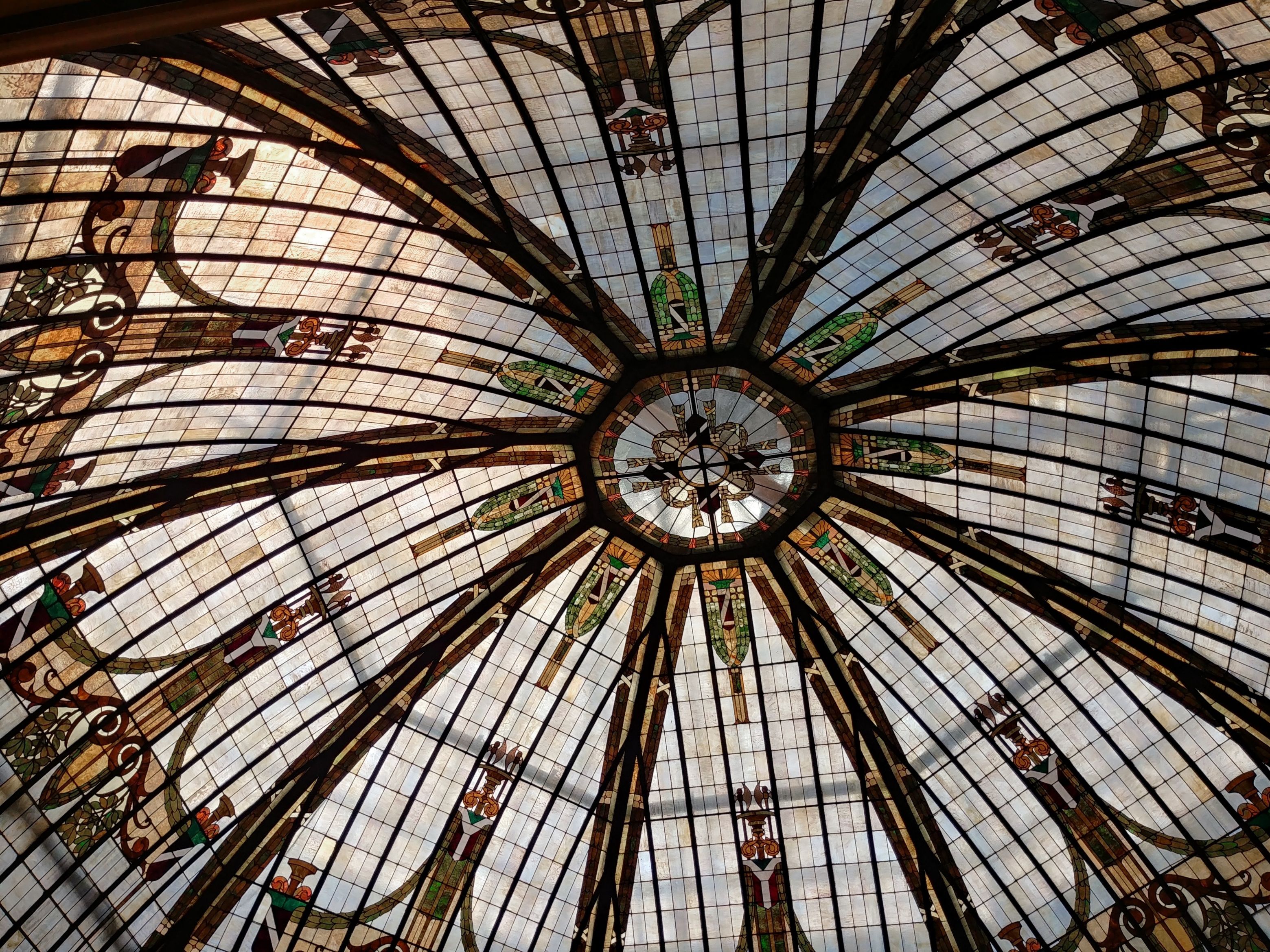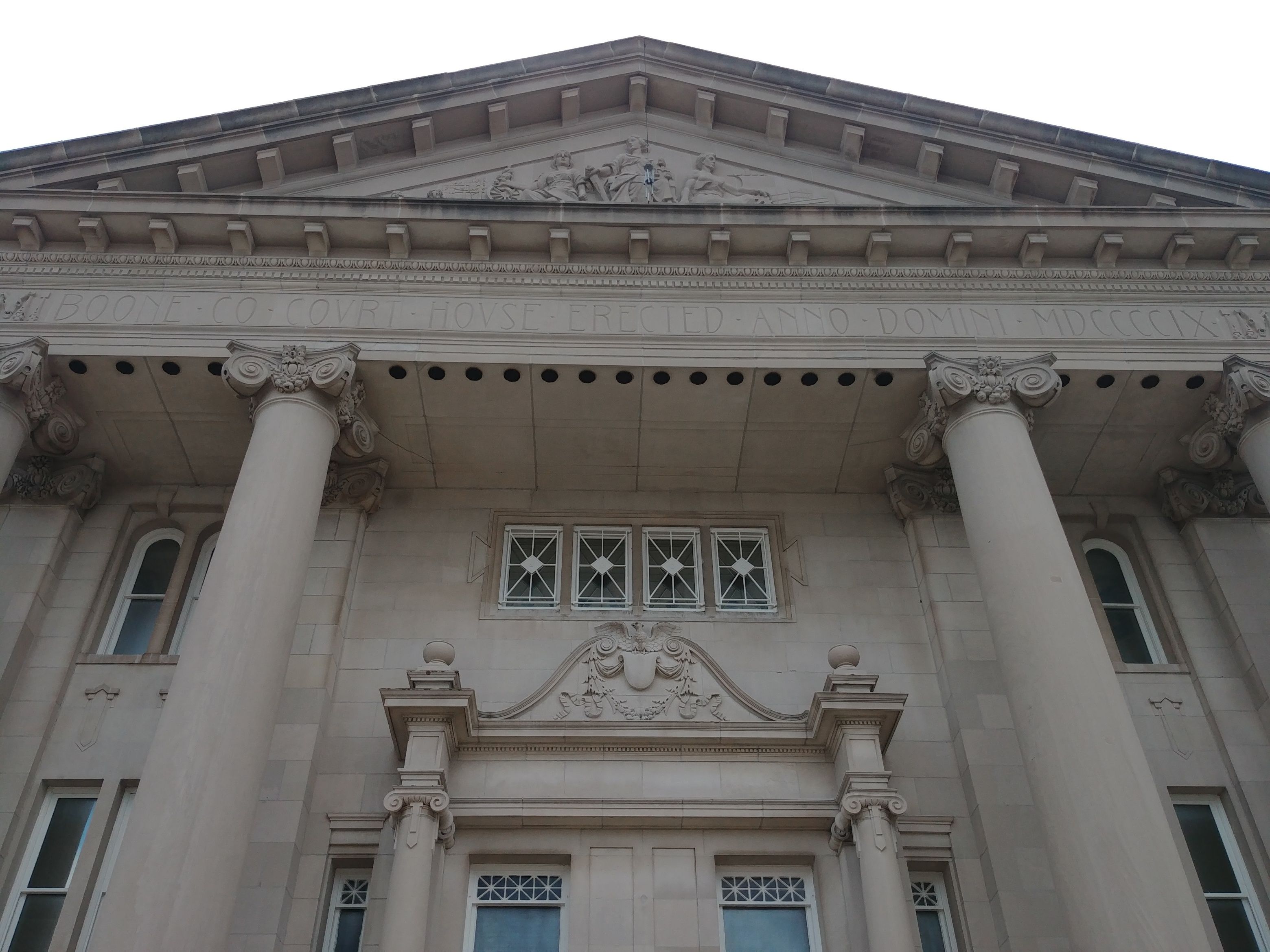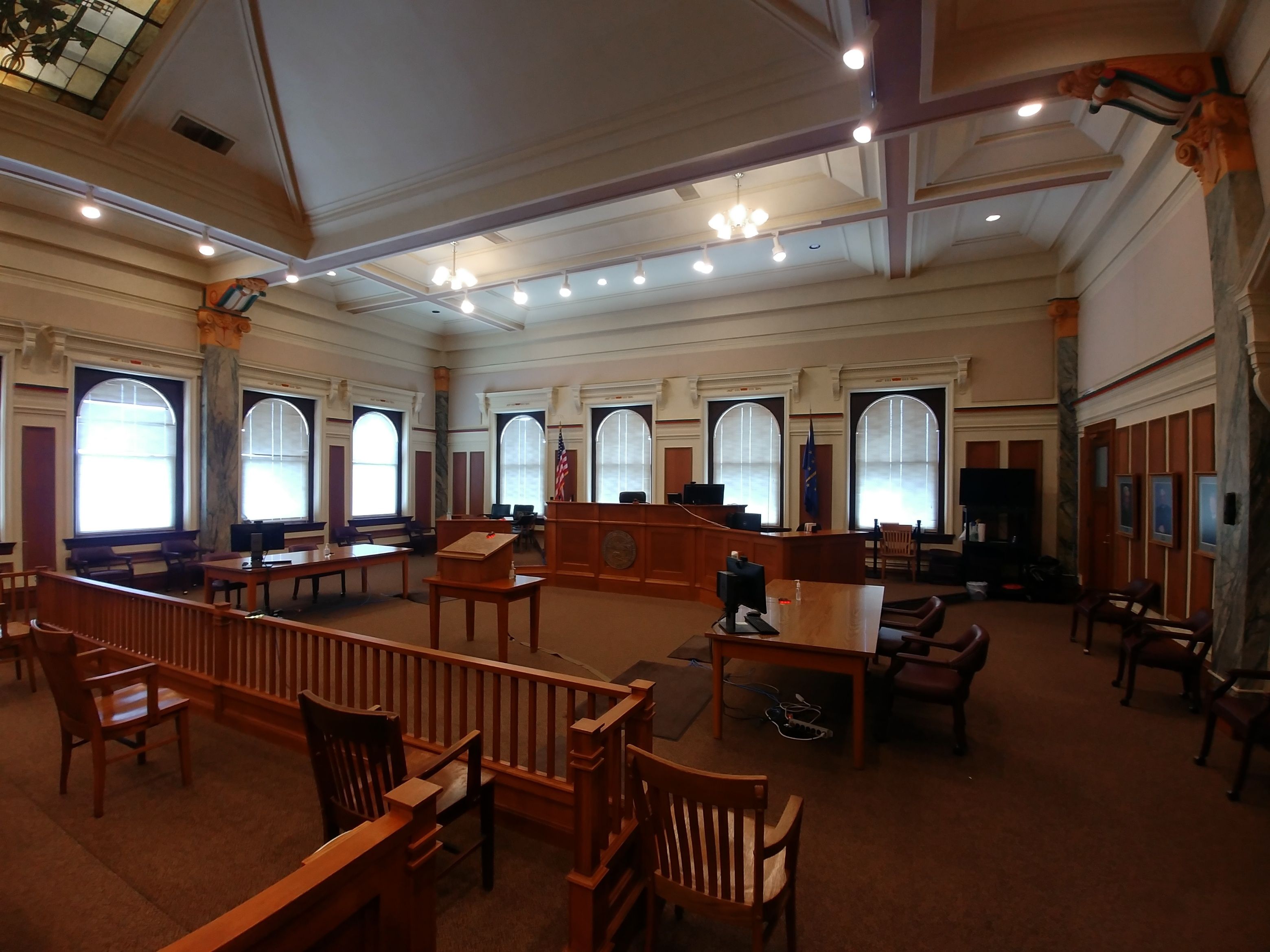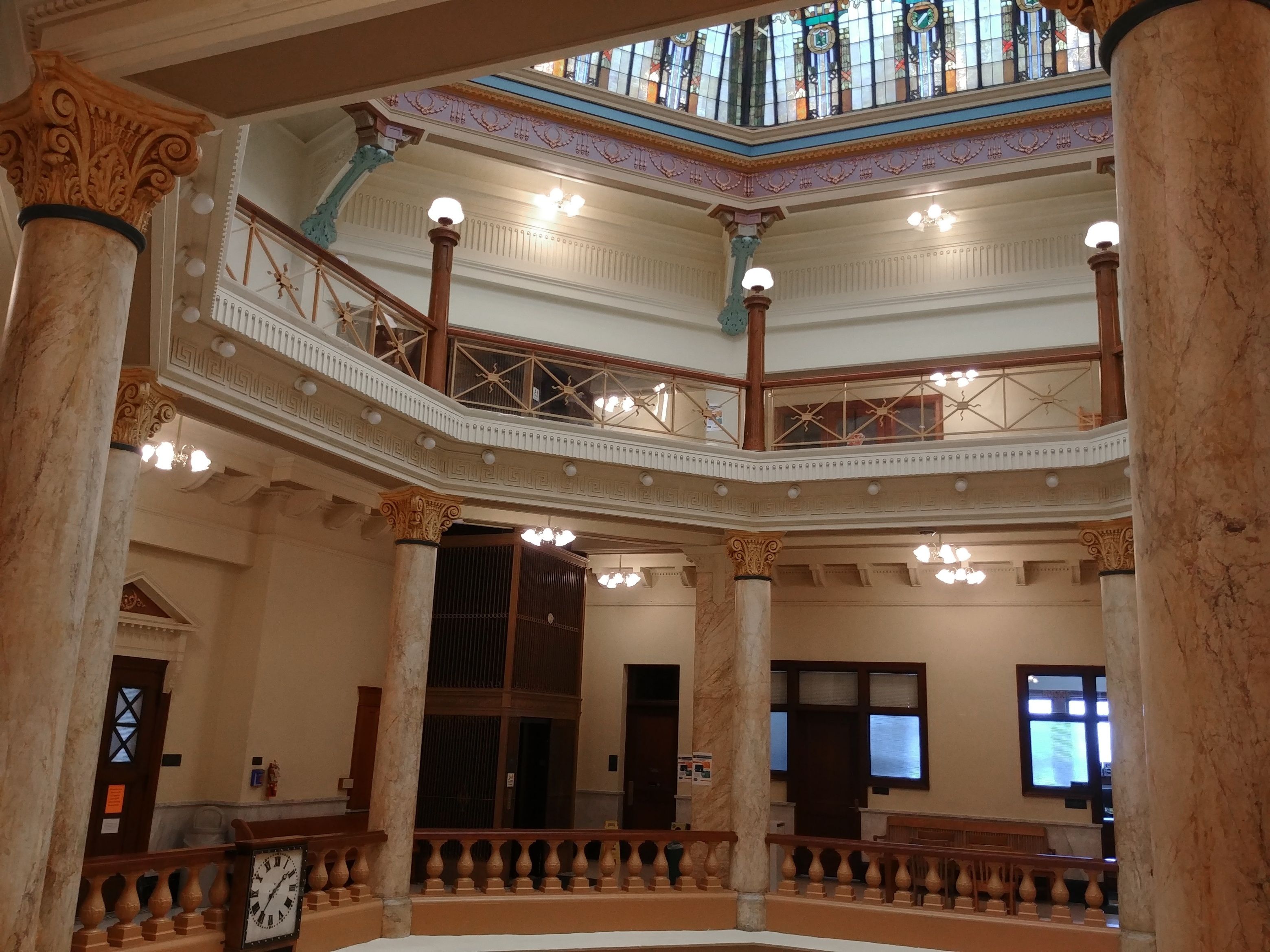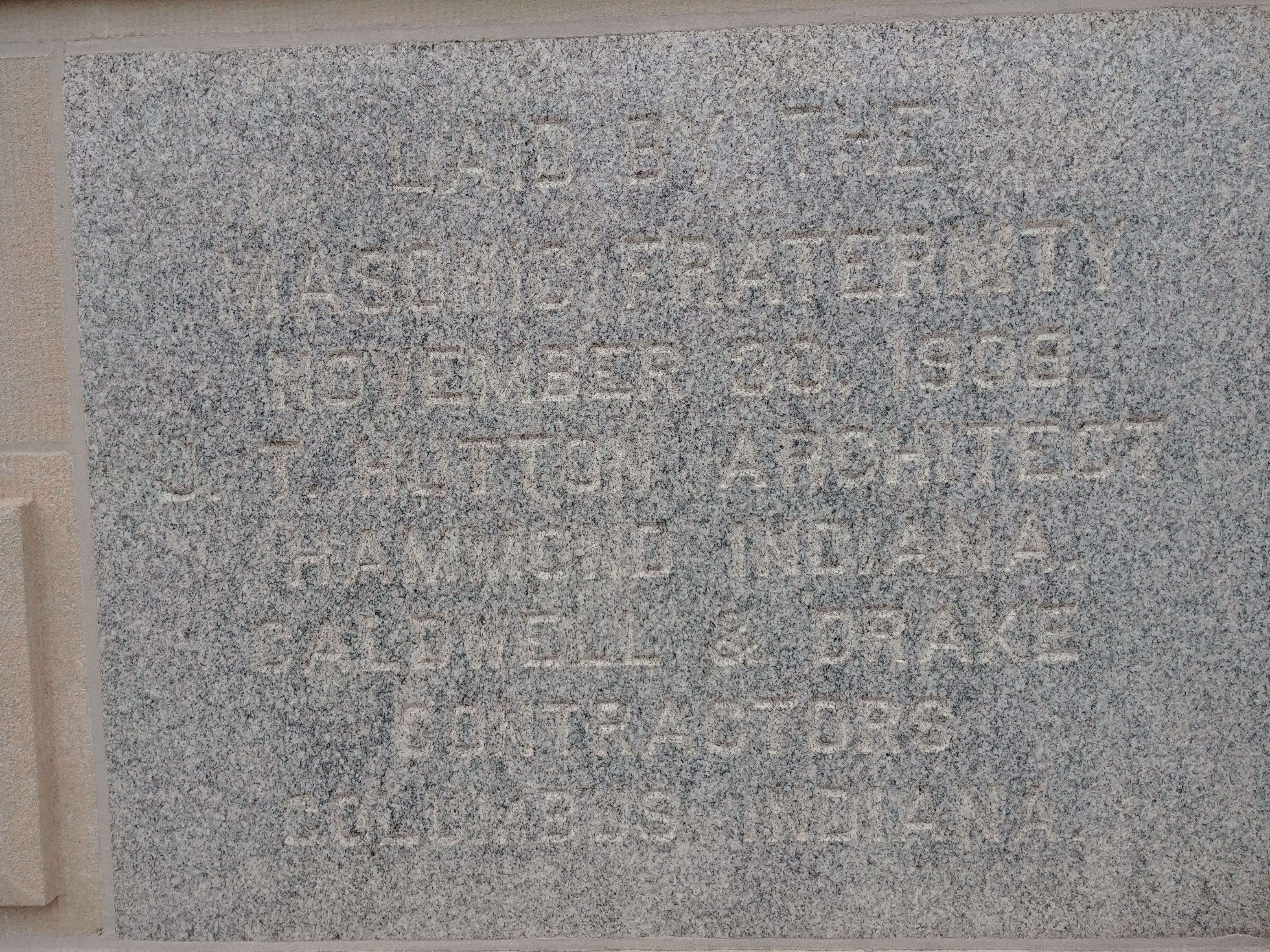Timeless creations, specifically Architecture in this post, have several factors that play a role in the historical nature of a building. A Good Architect is consciously and sub-consciously evaluating several of these factors when designing and only a limited few ever really have the opportunity and/or ability to execute a timeless piece of Architecture. Honesty, materiality, geometry and spatial relationships, adaptability, quality, belonging, are some of the qualities we may see in Good Design. HHAE was recently honored for a historic building, checking the boxes for Timeless Architecture; the Boone County Courthouse, located in Lebanon, Indiana and erected 1912, with a Tiger statue named “Hutton”. Natural proportions, thoughtful site placement, lasting materials, spatial volume, functionality, all played a part in the timeless design and the society role the building plays.
Standing the test of time, for over a century, a neo-classical architectural style building that sits in the town center as a prominent structure balancing the surrounding storefronts on each side. The courthouse was placed as the only public building in the world that is bisected by a principal meridian line. The second principal meridian line passing through the center of the courthouse. This is marked by a tablet, consisting of an arrow in white and black marble tiles, with the words “Meridian Line” in bronze letters, according to the National Registry of Historic Places.
The Courthouse is renowned for its eight (8) monolithic limestone columns that are reportedly the world’s tallest made of a single piece of stone, each over 35ft tall and weighing ~30 tons. The art glass dome is the 2nd largest in the State of Indiana stretching 52ft diameter and the steel supporting structure was highly innovative for its time, during the modern evolution of the steel industry in the US. The building elements are all in superb shape, meticulously maintained, which is a credit to local officials. Indiana limestone was used throughout the courthouse building and is a material used throughout the world, with ~80 percent of limestone used coming from Indiana.
For articles and historical information, please visit the links below:
